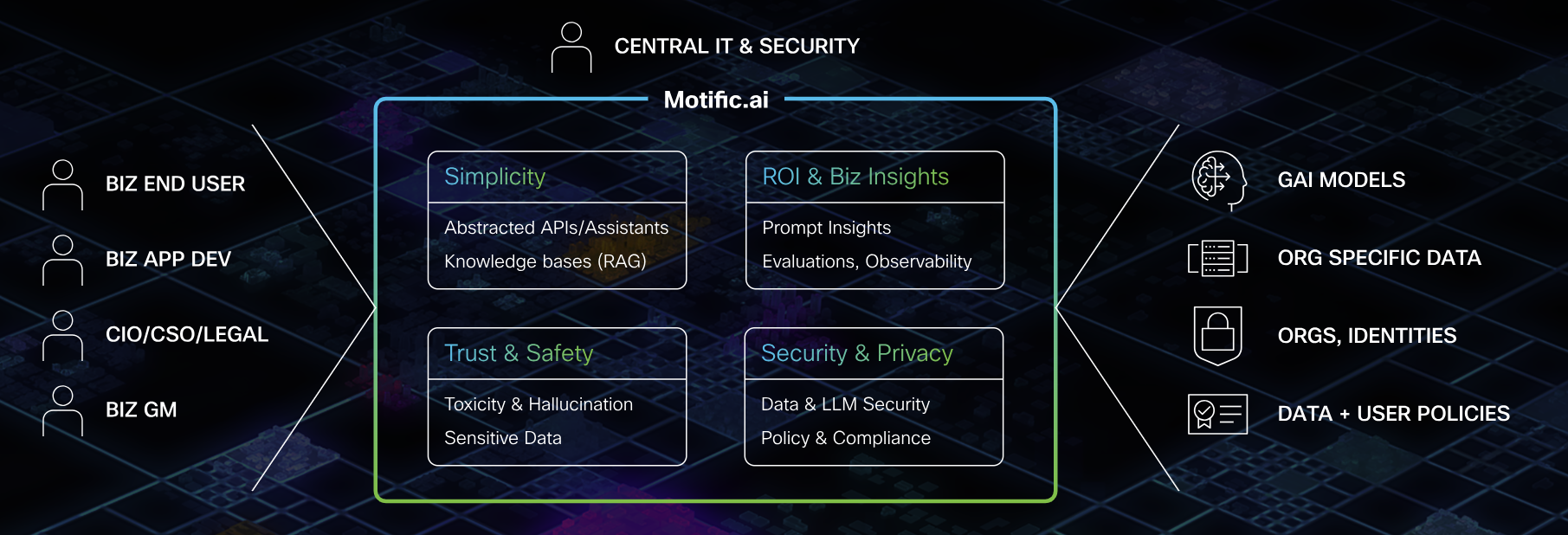Cisco launched a series of artificial intelligence applications, infrastructure and services aimed at generative AI deployments and their data management, security and cost tracking issues.
Announced at Cisco Live Amsterdam, the company moved to address enterprises that will be deploying generative AI on-premises and in hybrid cloud models. Last week, Cisco announced a partnership with Hitachi Vantara.
Here's a breakdown of was announced.
Cisco said it will offer converged data center infrastructure for AI workloads via a partnership with Nvidia. While AI infrastructure buildouts have been focused on hyperscale cloud providers, enterprises are also looking to run workloads in their data centers for better security and lower costs in some cases.
Specifically, Cisco and Nvidia will offer integrated systems and add Tensor Core GPUs in Cisco's M7 generation of UCS servers, including Cisco UCS X-Series and UCS X-Series Direct. Nvidia AI Enterprise, which includes frameworks, pretrained models and tools will also be available.
Cisco and Nvidia said there will be a host of validated designs for AI deployments with converged and hyperconverged systems.
These AI optimized systems are seeing strong demand that's surfacing in Supermicro results. CXOs in the BT150 are looking at various generative AI use cases and exploring hybrid cloud models. Both Dell Technologies and HPE have signaled strong pipelines for generative AI systems.
Related:
- Here's why generative AI disillusionment is brewing
- Privacy, data concerns abound in enterprise, says Cisco study
- Why vendors are talking RPOs, pipelines, pilots instead of generative AI revenue
- Generative AI features starting to launch, next comes potential sticker shock
- How AI workloads will reshape data center demand
- The New 2023 Cloud Reality: A Rebalancing Between Private and Public
Cisco also launched Motific, which was hatched in the company's incubation unit. Motific provides a central view of generative AI deployments allowing central IT and security teams to track risks, data privacy, responsible AI and costs.
According to Cisco, Motific can cut generative AI implementation times by automatically configuring APIs, data sources and foundational models with built in compliance tool, audit trails and analytics.

Cisco added new AI capabilities to its Security Cloud, including Identity Intelligence, which runs on top of customers' existing identity stores to provide visibility, analytics and tools to flag vulnerable accounts, manage privileges and thwart attacks.
Cisco Observability Platform will get a natural language interface for troubleshooting. Cisco AIOps will aim to automate IT processes.


